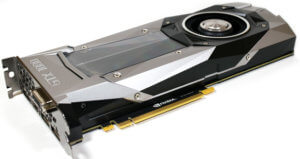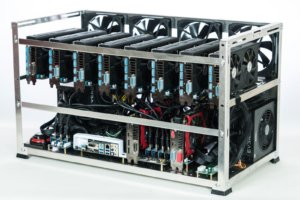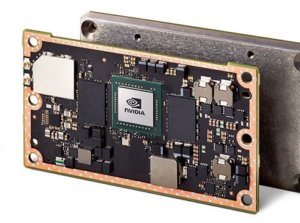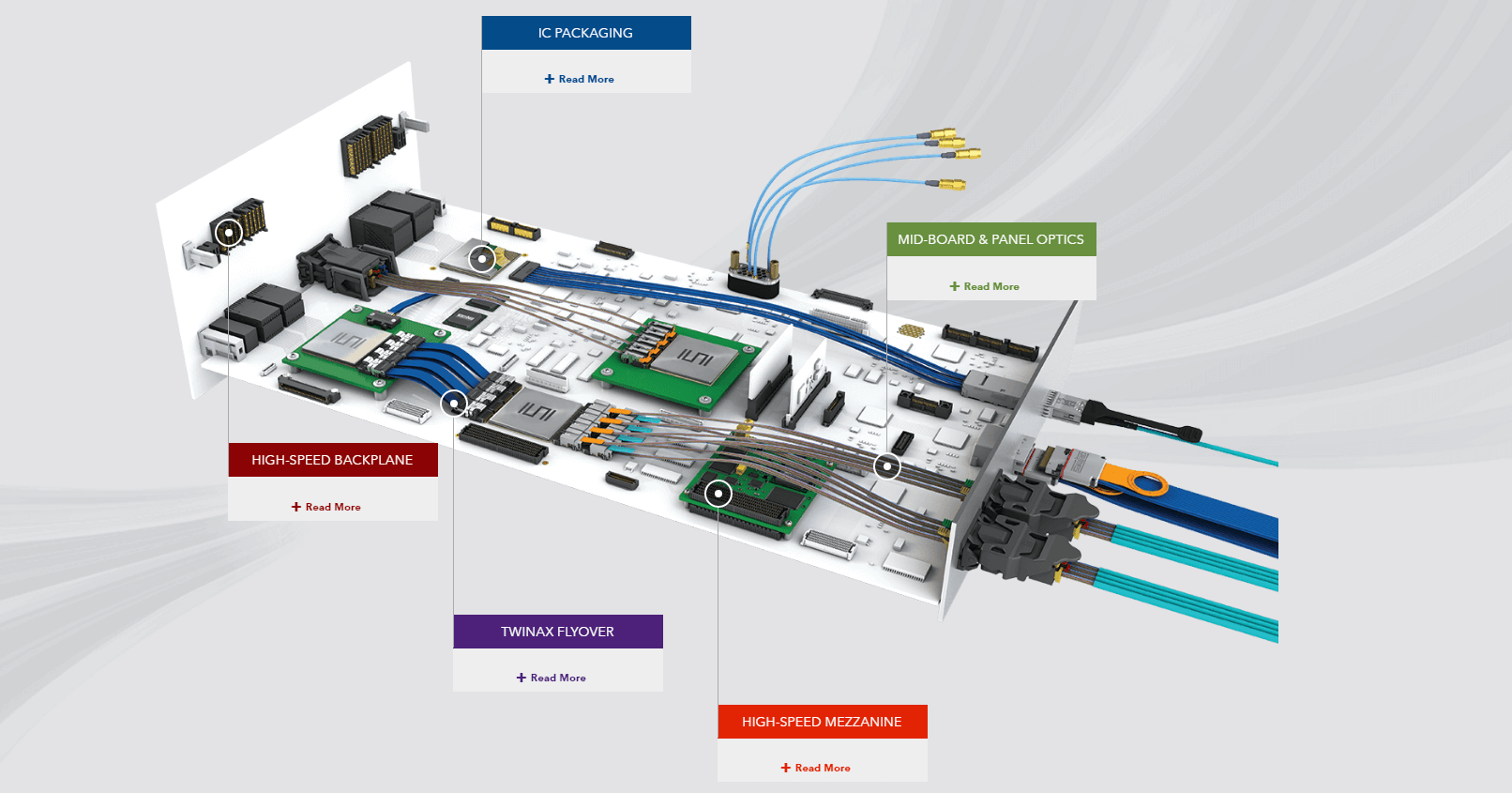No matter where we go on the Internet, the blockchain craze seems to follow us. With terms like “cryptocurrency” and “hashing”, it can be difficult to understand whether one is making digital currency or making breakfast. So just what is blockchain, why should you care, and how are connectors involved in something that’s completely digital?
Chain, chain, chain…
The blockchain is quickly becoming one of the world’s largest networks for data transfer, except without the risks. In this case, every piece of data that travels along the chain is managed by a network of users that can track it each step of the way. Effectively, as the data moves from block to block, it is being time-stamped and confirmed. This is distributed to the entire network so that all involved, past, present, and future, can monitor just what’s going on. As a result, blockchain acts as its own entity, ensuring that the data stream is public and incorruptible.
For example, take Bitcoin. Bitcoin is one of the most popular cryptocurrencies in the world and the first example of a working blockchain. Since each user in the network can trace the currency up and down the chain as it is transferred, there is no need for a bank as fraud, theft, and extortion don’t exist.
To clarify, even though Bitcoin and blockchain are often used in tandem, they are not the same. Blockchain enables Bitcoin, or whatever cryptocurrency, to exist.
Going Beyond Bitcoin

Although one of the blockchain’s main applications is earning/transferring money securely, many businesses and users are relying on this technology to move far more than just digital currency. Through millions of networks effectively tracking and monitoring each chain, the blockchain can be used in applications such as:
- Wealth management
- Smart contracts
- Voter fraud detection
- Digital identity
- Renewable energy initiatives
Building the Blockchain

As transactions of cryptocurrency and data come and go, they need to be carefully monitored. Thus in moving from Point A to Point B, the blockchain begins to expand. In order to add the block, data miners acting to confirm these transactions search frantically for its complex mathematical combination needed to win the block and earn their reward. To process such complex operations requires some very high-performance computing. Surprisingly, such processing power is commonly provided by components used for PC-gaming, in this case, GPUs.
Instead of going to gamers, GPUs from companies like Nvidia and AMD are being monopolized by data miners. The reason? Normally, GPUs are set up to do one thing, video processing. However, when applied to building a blockchain, all that processing power is put to use solving, or hashing, complex mathematical calculations to add the next piece of the chain.
As this race continues to develop, users are adopting FPGAs as well as ASIC systems that feature faster hashing rates and consume less power.
Hashing it All Out

So where do connectors fit into all of this madness? In building hashers like the one to the right, the GPUs are mounted above the motherboard on a powered riser for improved airflow. To provide reference power and signals, many designers utilize PCIe cables from the GPU to the motherboard. Additional power to drive the GPUs and cooling fans is provided via SATA cables and connectors. Finally, once the power supply is functioning, Ethernet cables are run to connect the rig to the Internet. Samtec provides various interconnect solutions for every step of designing data miners.
PCIe
- PCIEO – PCIe® Active Optical Cable Assembly
- PCIEC – 1.00 mm PCI Express® Internal Cable Assembly
- PCIE – 1.00 mm PCI Express® Edge Card Connector
- PCIE-LP – 1.00 mm PCI Express® Low Profile Edge Card Connector
SATA
- SAL1 – 1.00 mm SATALink™ Compatible High-Speed Micro Plane Socket
- RCH – 0.80 mm Eye Speed® Sealed IP68 High-Speed I/O Cable System
Ethernet
- RCE – AccliMate™ IP68 Sealed Rectangular Ethernet Cable Assembly, Plug
- RPCE – AccliMate™ IP68 Sealed Rectangular Ethernet Panel Cable Assembly

Currently, NVIDIA is featuring Samtec’s SEARAY™ high density array on their Jetson TX1 module. As rigs continue to develop, high-speed solutions, like SEARAY™, will become a necessity.


